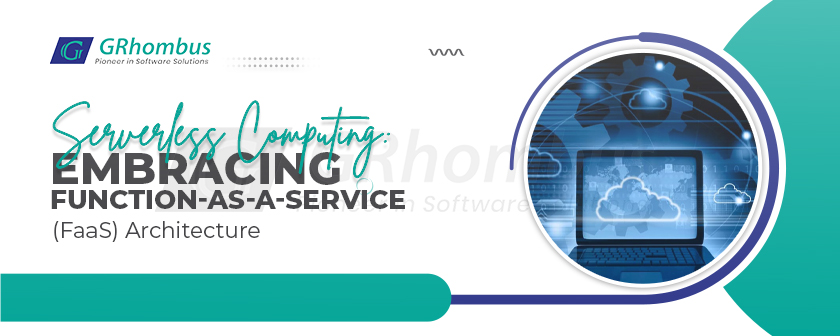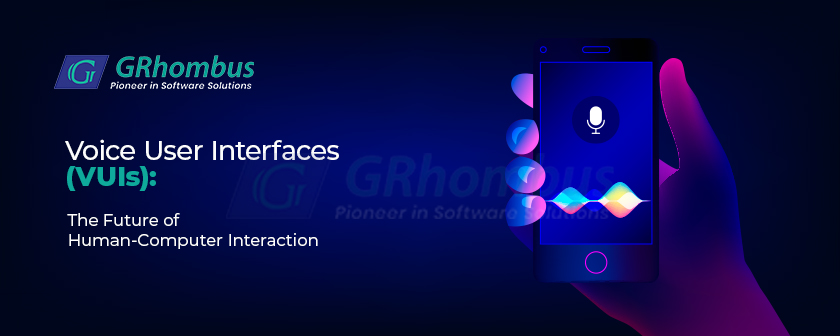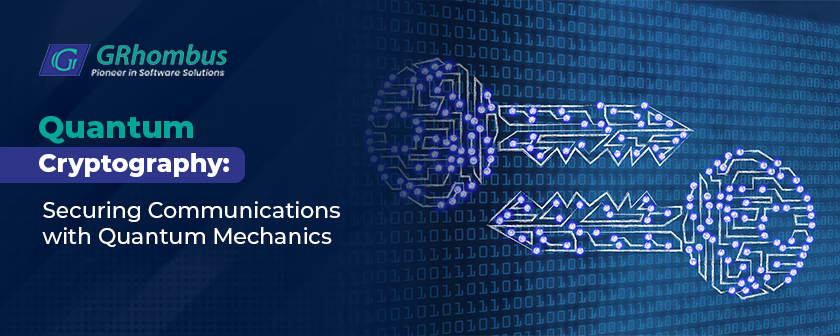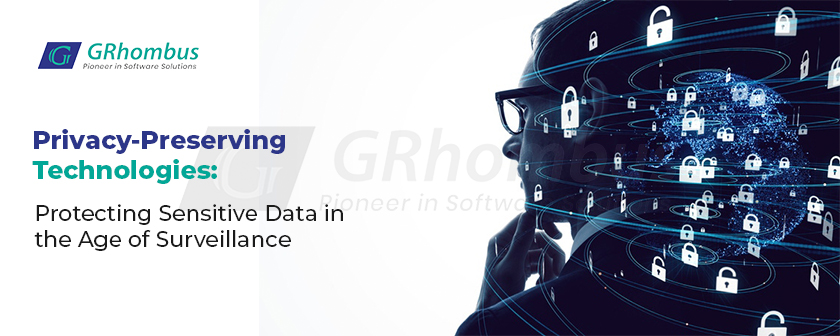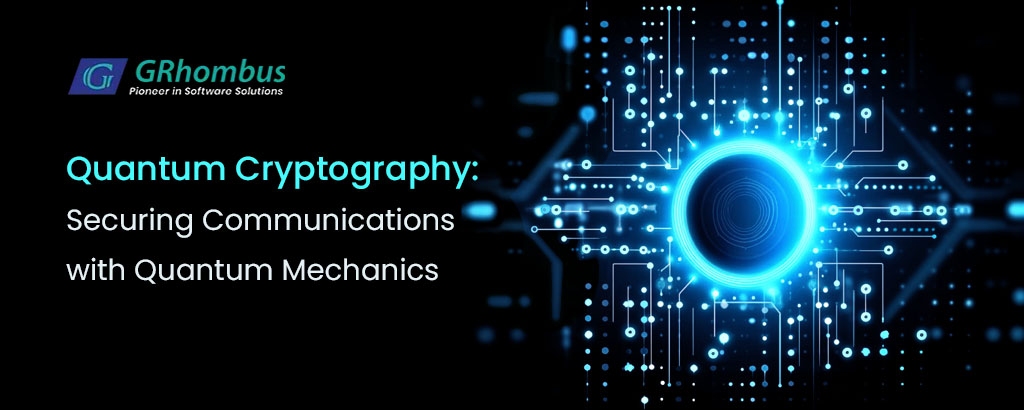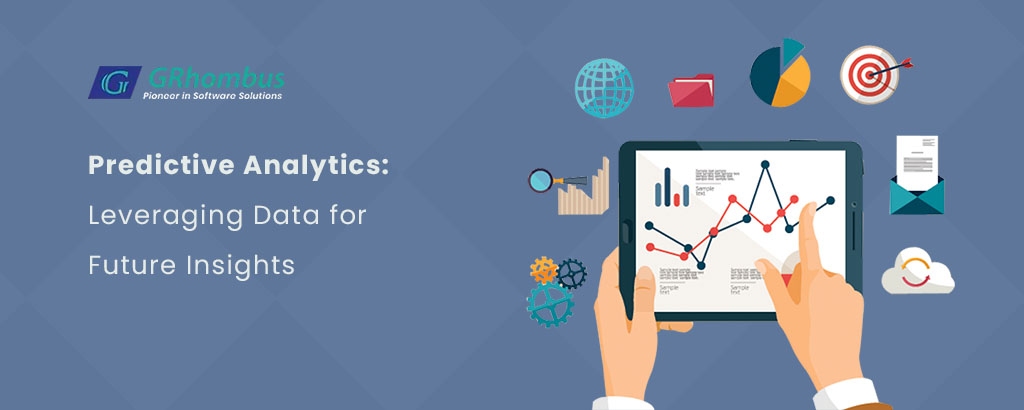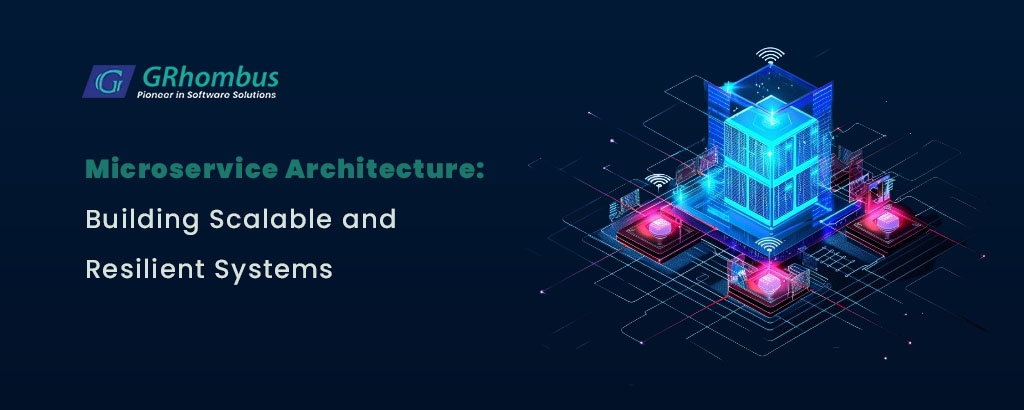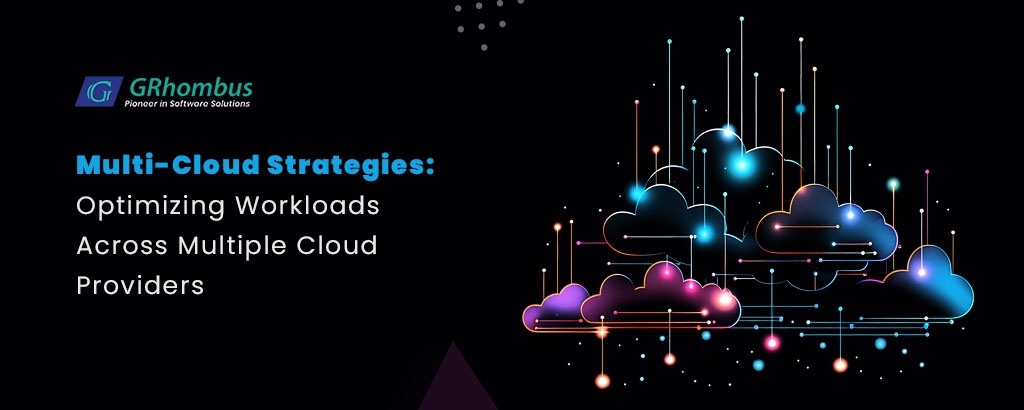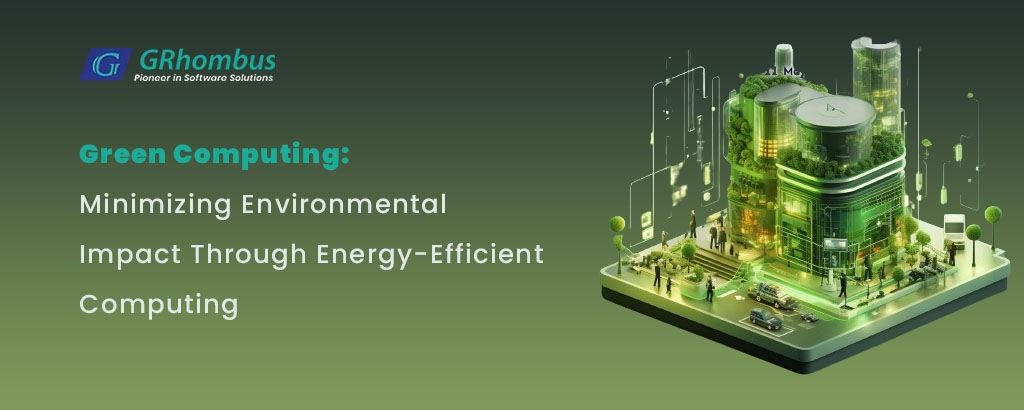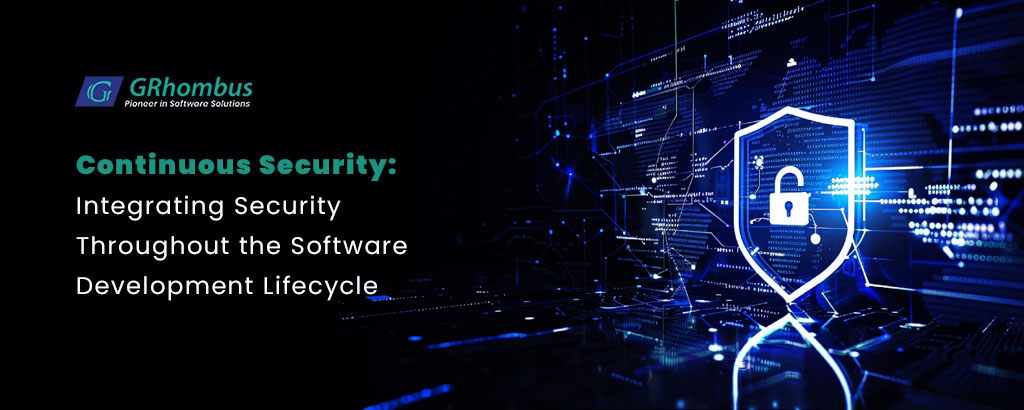Serverless computing represents a paradigm shift in how developers deploy and manage applications, marking a move away from traditional server-centric setups to a more dynamic, flexible architecture. Central to this movement is the concept of Function-as-a-Service (FaaS), a model that allows developers to deploy individual functions to the cloud without the need to manage the underlying infrastructure. This blog post delves into the intricacies of serverless computing, highlights the benefits of adopting FaaS architecture, and offers insights into how businesses and developers can embrace this innovative approach.
Understanding Serverless Computing
Serverless computing, despite its name, does not eliminate servers from the equation but abstracts them away from the application development process. In a serverless model, cloud providers dynamically manage the allocation and provisioning of servers. Applications are broken down into individual functions that execute in response to events or requests. This granular approach allows for unprecedented scalability and flexibility, as developers can update or deploy new features without overhauling the entire application.
The Role of Function-as-a-Service (FaaS) in Serverless Computing
FaaS is at the heart of serverless computing, offering a way to deploy functions to a cloud environment where they run in stateless containers. These functions are event-driven, meaning they are executed in response to triggers such as HTTP requests, file uploads, or in-app activities. Popular platforms offering FaaS include AWS Lambda, Azure Functions, and Google Cloud Functions. By using FaaS, developers can focus solely on writing code for their applications’ unique logic, without worrying about the infrastructure.
Benefits of FaaS Architecture
- Scalability: FaaS platforms automatically scale the number of function instances based on the incoming request volume. This ensures that applications can handle peak loads efficiently without manual intervention.
- Cost-Effectiveness: With FaaS, you pay only for the compute time you consume, down to the millisecond. This can lead to significant cost savings, especially for applications with variable traffic.
- Faster Time to Market: The simplicity of deploying and managing functions reduces development and deployment cycles, enabling businesses to bring products and features to market more rapidly.
- Enhanced Focus on Business Logic: Developers can concentrate on coding the business logic of their applications, as the cloud provider takes care of the underlying infrastructure, operating systems, and server maintenance.
Embracing FaaS Architecture: Best Practices
- Design for Failure: Given the distributed nature of serverless applications, it’s crucial to design your functions to be resilient and stateless. Implement retry mechanisms and idempotency in your functions to handle failures gracefully.
- Optimize Cold Starts: A cold start occurs when a function is invoked after being idle, leading to a delay. Optimize your functions by keeping them lightweight and considering ways to keep them warm, such as scheduled events.
- Monitor and Debug: Leverage monitoring and debugging tools provided by cloud platforms to track the performance and health of your functions. This will help you identify and resolve issues quickly.
- Secure Your Functions: Apply principle of least privilege (PoLP) in granting permissions to your functions. Use environment variables for sensitive information and ensure secure access to your functions.
Conclusion
Serverless computing and FaaS architecture herald a new era in application development, offering scalability, cost-efficiency, and the ability to focus on creating value through business logic rather than managing infrastructure. By adopting serverless and FaaS, businesses and developers can leverage these benefits to innovate and adapt more quickly to market demands. As the technology matures, we can expect to see even more sophisticated use cases and improvements in serverless platforms, further solidifying its position in the future of cloud computing.
